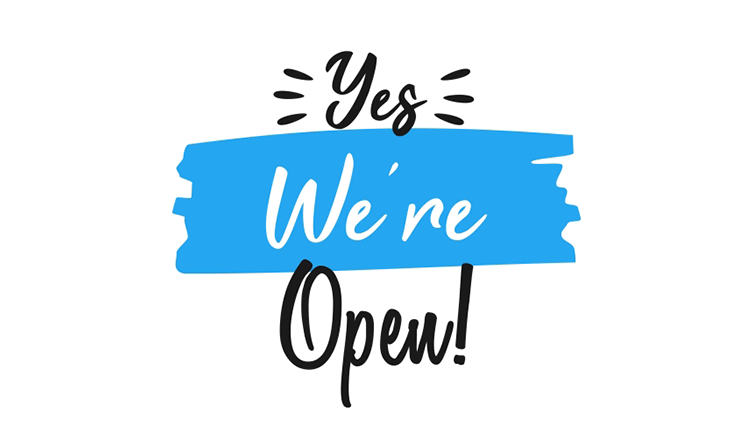Ho-hum. The Bakkt exchange finally opened its doors, after thirteen months of built up anticipation, but there was no avalanche of institutional orders, no fanfare, only a plethora of articles in the press asking where was everyone hiding? The first transaction was for one BTC, pegging the price at $10,115. Another 17 BTC of orders soon entered from stage left, but the trickling stream was near silent, a surprise and disappointment to many of the Bitcoin hopeful. Within a few hours, $290,000 had traded on the exchange.
Many analysts had predicted a slow start, and slow it was. The market was also unsure, as well, as to how it should react to the news. There was no large “sell-on-the-news” response, as some people warned, nor was there a concerted attack by a shorting crew bent on destruction. All orders were basically at or above market prices, but BTC had already begun a slow descent some four days back, cresting at roughly $10,250 and falling gradually, posting a $9,850 value after the launch.
One observer that had predicted correctly what would transpire on “Day One” was John Todaro, director of research at TradeBlock, a provider of institutional trading tools. He told a reporter from Coindesk that:
It is unlikely that there will be an immediate surge in demand. Institutional adoption won’t occur with a single catalyst. It will take time for these entities to become comfortable with the asset class, identify strategies that are best used to trade the space, understand crypto market liquidity, and also understand the different regulatory and tax obligations across jurisdictions they operate in.
Bakkt CEO Kelly Loeffler took the modest opening in stride and stressed to reporters with Cointelegraph that Bakkt was important for the industry in several ways. It was of course the first appearance of physically settled futures contracts in the United States. A reliable and regulated infrastructure will “accelerate the adoption of digital assets”, and the industry will benefit from the primary mission of Bakkt, which is “expanding access to the global economy by building trust in and unlocking the value of digital assets.”
She further explained that:
With operations, cybersecurity and controls, along with end-to-end-regulation demanded by investors and consumers, confidence in using digital currency — not just to invest, but to also use in transacting — will grow. These are the concepts upon which we are building Bakkt. We’re starting with the basics: instilling trust through regulation and secure custody, and deploying products that are transparent and regulated to support their adoption.
Wisdom and experience suggest that calm be the order of the day, but the analyst community seems to be overreacting, jumping to a conclusion that $7,700 is now somehow in play. Forget the $9,000’s and the $8,000’s, these “dismal downers” are sure that panic will soon set in, since Bakkt did not deliver a tsunami at its outset. While analysts search for technical confirmation of their dour forecasts, there is a party across the hallway, where altcoin hodlers are celebrating. Their contention is that Bitcoin investors will logically jump to their treasured coin offerings, where returns will guarantee success. “Alt-Season is back” is the celebratory chant, but the jury is out on this one.
Experienced veterans have seen it all before. Yes, there are many institutional players involved with Bitcoin positions, but these were the “early movers”, the ones willing to take a risk in the beginning, without having to be convinced. The next “wave” will consist of the more studious types, the ones that are conservative and patient. Per John Todaro again:
Traditional financial institutions are quite conservative. The offering demonstrates that more and more Wall Street institutions are taking a close look at digital currencies and want to gain exposure to this new asset class.
